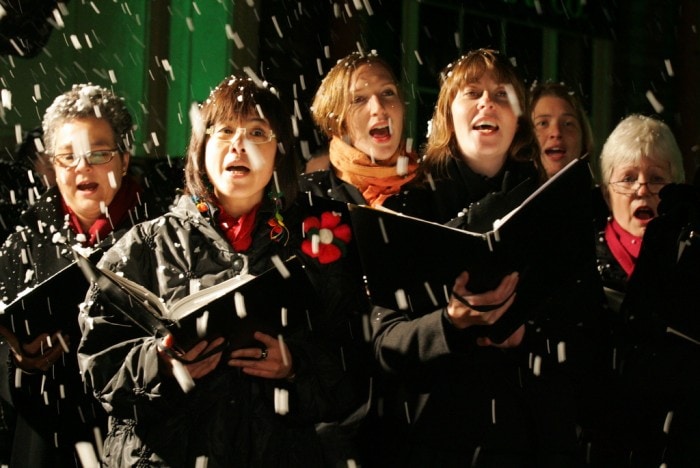PC users pretty much come in two major user groups: performance users and production users. The performance user would covers the gamer, and anyone who requires a graphics card. The production user covers anyone who uses the PC to look at digital stuff be it on the internet or on a hard drive. I will give a brief overview of the requirements of both and the XcerptShow Top Pick of each.
Performance User
A performance user will need a very low response time(ms), a high refresh rate(Hz) and some built in syncing software couldnt hurt(G-SYNC[Not to be confused with 1990s boy band NSYNC]). G-SYNC is software that tracks what the GPU is putting out and the monitor is displaying to enhance fidelity in quickly moving application like games. Software like this can really help with eye strain while gaming for extended periods. It helps reduce or eliminate headaches. Learn moreG-SYNC is supported on hit games like Rainbow Six: Siege
It is a 27in monitor(no need to buy 2 which despite its hefty price could actually save you money) with a 1ms response time, G-Sync and refresh rate of up to 165Hz. This is the XcerptShow Top Pick for obvious reasons.
Production User
A production user is similarly looking for the performance specs of performance users, but there is a balance between price and performance. The most important aspect is reliability from a well reviewed model.
ASUS VE248H 24" $145
This is a 24in monitor with a 2ms response time, and a high contrast ratio for excellent video and word processing viewing. The price and almost 2800 reviews with an average of 4.5 stars on Amazon make this the XcerptShow Top Pick.
Links:
Subscribe to our Channel:www.youtube.com/user/xcerptshow
Like us on Facebook: facebook.com/xcerptshow
Follow us on Twitter: @xcerptshow
Be sure to check out our Tech articles:
If you have any questions feel free to head over to the Facebook page and ask under the link post. :)
As always leave comment via G+ on the website or like the Facebook page and comment on the post with the site link in it. What do YOU think?
Links:
Subscribe to our Channel:www.youtube.com/user/xcerptshow
Like us on Facebook: facebook.com/xcerptshow
Follow us on Twitter: @xcerptshow




















